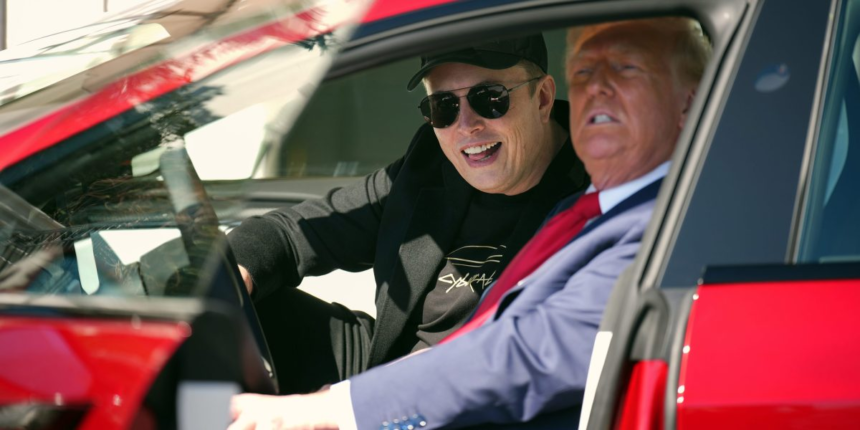Americans contemplating the purchase of a new electric vehicle should act fast, if they want to save themselves a cool $7,500 on the cost of a car.
Later today, the President is expected to sign his package of tax cuts and spending plans known as the Big Beautiful Bill. Even though it would hike the debt ceiling by $5 trillion, the Trump administration has decided effective October there is no fiscal leeway for Uncle Sam to subsidize the purchase of EVs any longer.
This could soon see a stampede of last-minute EV buyers in the next three months, at a time when carmakers—known in the industry as Original Equipment Manufacturers, or OEMs—may begin to reduce assembly line speed in order not to be stuck with excess inventory once the subsidies expire. Empty dealer lots could be the result, even before September ends.
“To mitigate the financial impact and potential inventory problems, we think OEMs may decide to reduce EV production in the U.S. starting as early as Q325,” UBS analysts wrote on Friday.
The federal tax credit will be history at the end of September—rather than the end of year as originally planned.
The $4,000 purchase credit for used EVs is also going away come September.
The previous administration wanted to reduce the price gap between internal combustion engine cars and EVs, which often approached $10,000 because of the costly metals like lithium and nickel used in EV battery packs.
While the tax credit helped ignite interest, it didn’t entirely address the affordability issue. EV buyers could only claim it back in their annual tax filing, meaning they still needed the cash on hand to pay the full price initially. Musk pointed this out back in October of that year.
“It’s worth noting that a lot of these incentives like the tax credit and whatnot, they’re actually very difficult for the average person to access, because most people do not have $10,000 or even $7,500 burning a hole in their bank account,” he told investors during a quarterly earnings call. “They can’t front $7,500 for 18 months—or even six months to get the tax credit.”
In January 2024, however, that changed as the tax credit was applied directly at the point of sale, instantly reducing the cost and eliminating the hassle for consumers.
How manufacturers adjust their EV prices to the new reality is at this point unclear. Some could choose to offer a portion of the rebate to cushion the blow. A number of brands took this approach in Germany when the government had to eliminate the “Environment Bonus” EV purchase subsidy as part of an emergency revision to the budget.
The result could be a renaissance for internal combustion engine cars that puts the U.S. on a very different path from the rest of the world, where EV adoption continues to grow.
“Longer term, we think OEMs will focus on ICE models in the U.S. market amid the relaxation of emissions rules and lack of EV incentives,” UBS added.









